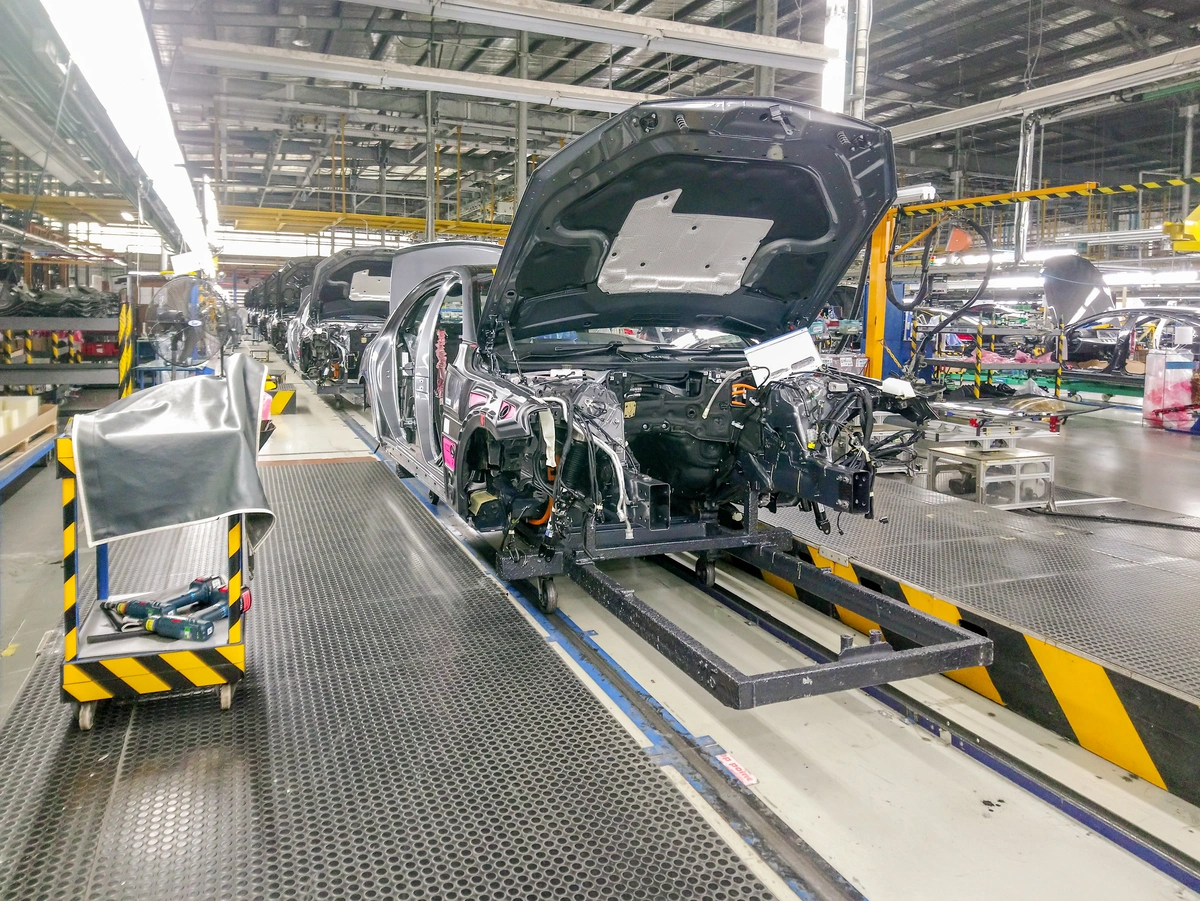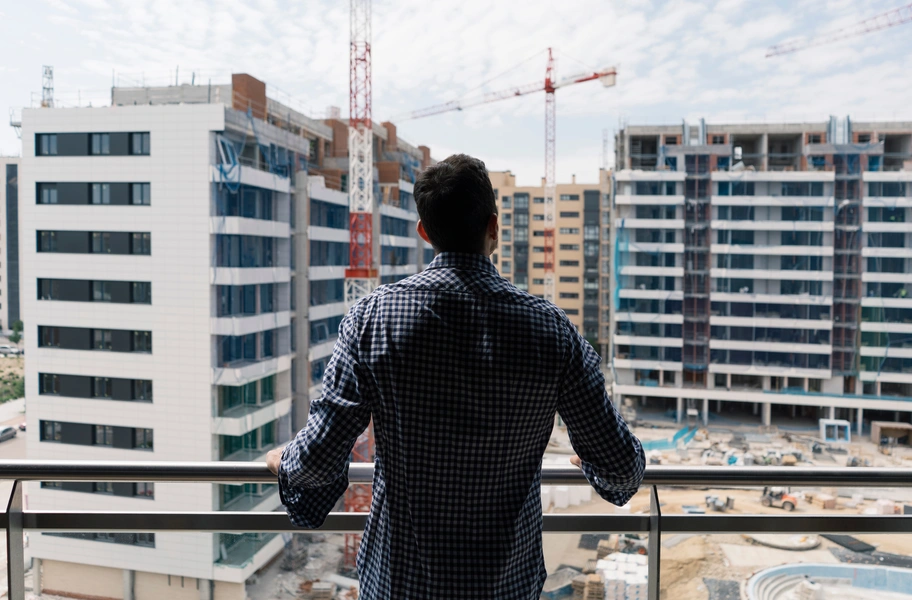The COVID-19 pandemic has disrupted the economic and social realities of our communities, further highlighting an already weak infrastructure system. The time is now to build more resilient infrastructure, and to address the inequities that have plagued communities of color and low-income neighborhoods for decades. The bottom line -- we must fundamentally change how we think about infrastructure, and the recently signed bipartisan Infrastructure Investment and Jobs Act gives us that opportunity.
The pandemic impacted our lives in a myriad of ways. The economy suffered greatly as global supply chains were disrupted and millions of Americans lost their jobs. National lockdowns slowed, and in some cases stopped, the flow of raw materials and finished goods, disrupting trade and manufacturing cycles. Businesses were forced to innovate, accelerating the use of artificial intelligence and digitalization to strengthen the supply chains they depend on.
At the same time, reliance on broadband significantly increased, as businesses, governments, and educational institutions were forced to find digital solutions to continue functioning.
Public transit also took a hit. In New York City, subway ridership fell by 90% at the height of the pandemic, while bus ridership was cut in half. Since most public transit system budgets rely heavily on fares, the drop in ridership severely limited revenue and systems scaled back service at a time when essential workers still needed public transit to get to work.
However, the pandemic impacted some much harder than others:
-
Significant numbers of people do not have access to high-speed internet. Black and Latinx families are respectively 9 and 15% less likely than white families to have home internet access, and 35% of those living on Tribal lands lack a Wi-Fi connection at home. As the pandemic progressed and many day-to-day activities moved online, a reliable internet connection at home was crucial.
-
Businesses and governments found their broadband infrastructure in need of updating. Demand for broadband services skyrocketed, with some operators experiencing as much as a 60% increase in internet traffic compared to pre-pandemic levels. Additionally, e-commerce's share of the global retail trade jumped from 14% in 2019 to 17% in 2020. In an increasingly digitalized world, a secure internet connection is vital for institutions to survive.
-
The economic disruption brought on by the pandemic, with 7.4 million Americans unemployed, caused many households to struggle paying for essential services, like water, putting their health at risk. A disproportionate number of communities of color already have less access to clean water, as data from the Environmental Protection Agency reveals that public water systems that constantly violate the Safe Drinking Water Act are 40% more likely to serve people of color.
-
The disruption in public transit service impacted communities of color disproportionately. Asian American and Black communities are nearly four times as likely to commute by public transportation as white Americans, and communities of color in general are twice as likely.
The infrastructure funds, if deployed equitably and strategically by states, can resolve some of the challenges wrought by the pandemic by increasing access to jobs, transportation, and other resources. Sixty-five billion dollars will provide high speed internet for all Americans, $55 billion will go to ensuring clean drinking water is accessible to everyone, and $39 billion will improve the nation’s aging public transit systems.
It will take both public sector and private entities, engaging directly with communities, to ensure the $1.2 trillion, once-in-a-generation investment improves our infrastructure systems and begins to dismantle long-standing social and economic disparities that resulted from past failures.




